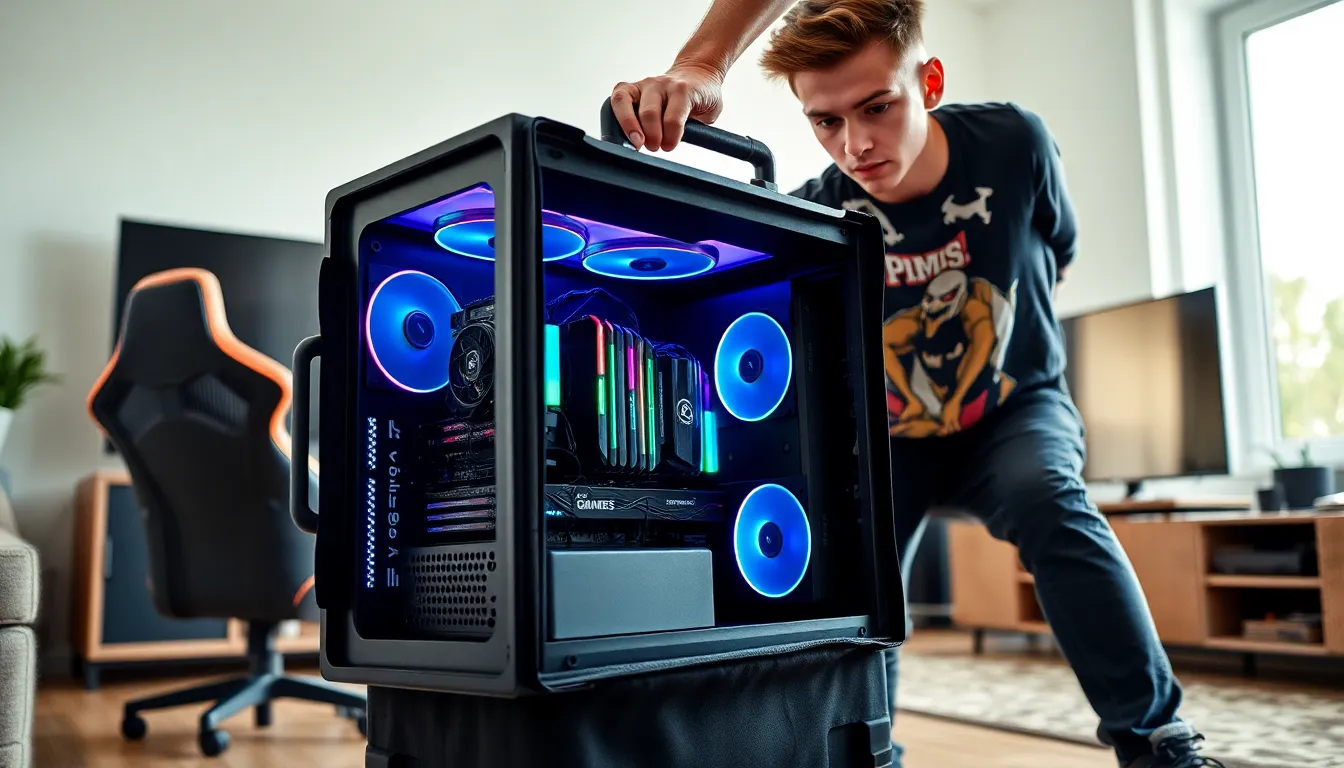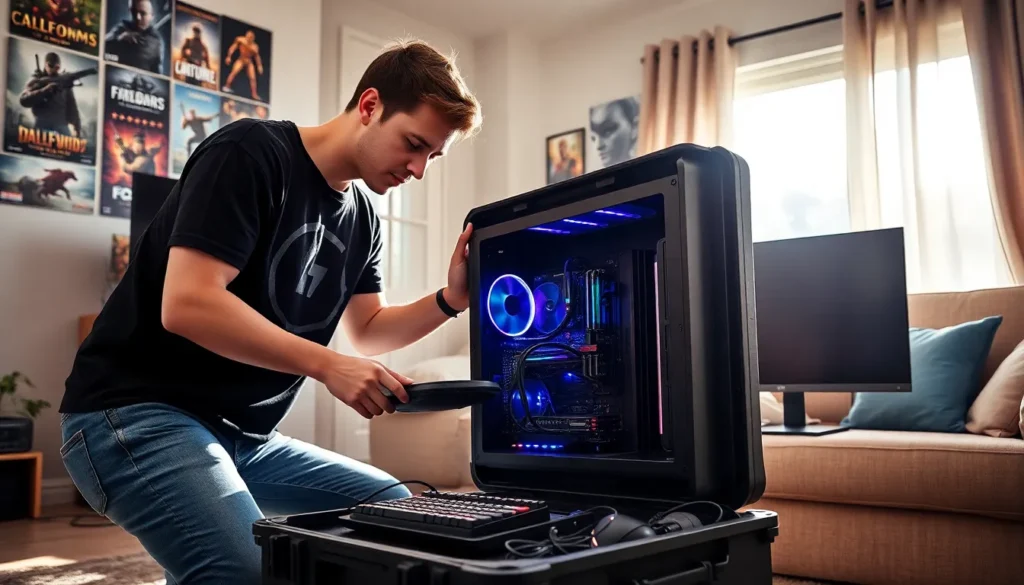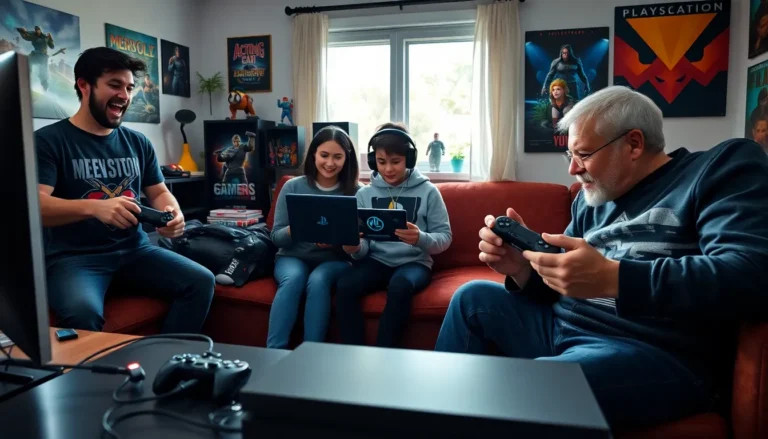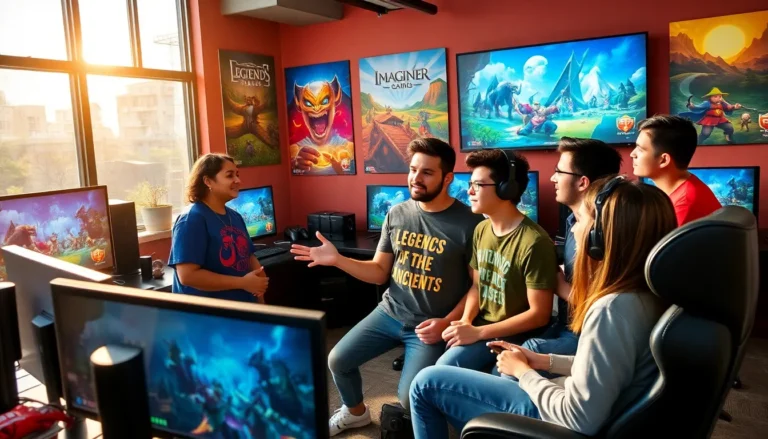Table of Contents
ToggleTransporting gaming PCs can often feel like a delicate operation. As anyone who’s invested in high-end gaming equipment knows, ensuring the safety of these systems during transport is paramount. Whether moving to a gaming event, a friend’s house, or a new home, several factors come into play to prevent damage and maintain performance. This article delves into best practices for safely transporting gaming PCs, from packing to setup, ensuring that your system makes it to its destination unscathed.
The Importance Of Transporting Gaming PCs Safely

Transporting a gaming PC poses unique challenges due to its delicate components and high value. Proper handling can significantly reduce the risk of damage during transit.
Common Risks During Transport
Transporting a gaming PC involves several inherent risks. Jostling, vibrations, and impacts can lead to loose components or even break delicate parts. Hard drives, particularly mechanical ones, are vulnerable to shock, potentially leading to data loss. Also, improper packing can result in overheating, especially if airflow is obstructed during transport.
Best Practices For Packing Your Gaming PC
When preparing to transport a gaming PC, packing it securely is crucial to avoid damage.
Choosing The Right Case For Transport
The type of case you use can greatly affect the safety of your PC during transport. If possible, use the original packaging: it is specifically designed to protect the components. If that’s not an option, invest in a sturdy transport case padded with foam or bubble wrap. The case should have a snug fit to minimize movement and protect against impacts.
Using Additional Padding And Protection
Consider adding additional padding around sensitive areas like graphics cards and the motherboard. Use foam inserts or blankets to cushion these components. Be sure to secure any moving parts, such as fans and cables, before you close up the case.
Transporting Accessories And Peripherals
Plus to the gaming PC itself, peripherals like monitors, mice, and keyboards require careful consideration during transport.
How To Securely Pack Cables And Accessories
Bundle cables together using cable ties or organizers to prevent tangling. Pack accessories like mice and keyboards in protective sleeves or wrap them in soft materials to avoid scratches. Keep all parts organized to ensure easy access upon arrival.
Considerations For Transporting Monitors
Monitors are often the most fragile components. If possible, place them in their original boxes with foam padding. If not, cover the screen with a soft cloth and secure it with tape to prevent scratches. Use a dedicated monitor case or pack it flat against a wall to minimize movement.
Best Transportation Methods For Gaming PCs
Choosing the right transportation method can make a significant difference in ensuring a safe journey.
Carrying Versus Shipping: Pros And Cons
Carrying your gaming PC yourself provides more control over its handling, eliminating potential shipping damage. But, it can be cumbersome, especially for larger setups. On the other hand, shipping can ease logistical burdens but comes with risks of mishandling.
Using Specialized Shipping Services
If opting for shipping, consider specialized services that cater to electronic transport. These companies typically use custom packaging and handling procedures designed to protect sensitive equipment, providing peace of mind.
Tips For Safe Setup After Transport
Once the gaming PC has safely arrived at its destination, taking the right steps to set it up is crucial to maintain its condition.
Checking For Damage Post-Transport
Before setting up, visually inspect the PC for any signs of physical damage, including cracks or loosened parts. Open the case if possible to check for any dislodged components. If anything seems out of place, rectify it before powering on.
Ensuring Optimal Performance After Transport
After confirming there’s no damage, ensure connections are secure and cables are organized. It might be wise to run diagnostic tests to check the system’s functionality. Monitor temperatures for a while to ensure cooling systems are working adequately.
Conclusion
Transporting a gaming PC doesn’t have to be a nerve-wracking experience. By following the best practices outlined here, carefully packing the system, using proper methods for transport, and setting it up cautiously afterward, gamers can ensure their prized systems arrive intact and ready for action. With the right preparation and care, he or she can focus on enjoying the gaming experience rather than worrying about potential damage.




